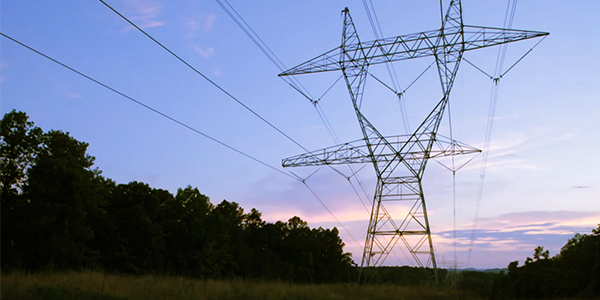MISO interconnection customers with signed agreements will no longer be able to abandon generation projects without assuming additional financial risk, thanks to FERC’s approval of a new rule.
The commission on Thursday approved a tariff revision that gives MISO the ability to use payments submitted by interconnection customers under generator interconnection agreements (GIAs) to lessen the burden on other interconnection projects, should the latter customers cancel projects after signing the agreements (ER21-525).
MISO said the change has a “narrow and specific goal:” closing a “loophole” that had allowed developers to pull the plug on all-but-certain generation projects without risking additional capital.
Now, instead of transmission owners returning a GIA’s unused payments to interconnection customers terminating generation projects, the funds will go to MISO. The grid operator will determine whether the funds are needed to cover any negative impacts on other projects that entered the interconnection queue at the same time.
The new rule goes into effect Feb. 1, in time for the next round of GIA execution.
MISO said that it previously had no way to compensate the remaining projects for unexpected network upgrade costs incurred when another project canceled its executed agreement.
“These customers have the option to terminate their interconnection after a GIA, and MISO has no milestone fees at that point to mitigate the harm,” MISO counsel Jackson Evans explained to stakeholders last fall during a Planning Advisory Committee meeting.
Under the RTO’s existing milestone-forfeiture process, developers make milestone payments when they enter the interconnection queue. It can then use those funds at earlier points in the process to mitigate the financial harm imposed on the queue’s remaining projects when others are withdrawn. Those rules no longer apply when a project reaches GIA execution, and the milestones become the initial payment to transmission owners.
The grid operator said it wanted to remove any “financial incentive” an interconnection customer might have by waiting until after an executed GIA to withdraw a project.
“The harm caused from one interconnection customer’s utilization of the post-GIA termination loophole also has the potential to impact the larger queue through additional withdrawals,” MISO explained in its filing. “The unmitigated reallocation of costs from one GIA termination could turn a financially viable project into a non-viable project, which may cause a second GIA termination, which may cause further terminations, resulting in cascading terminations and restudies.”
MISO said its plan had the support of “almost all stakeholders.”
The grid operator said it had found recent examples of harm caused by post-GIA project terminations. Using its 2016 and 2017 cycles of project entrants, it said one of three post-GIA withdrawals in the 2016 cycle had a nearly $5.5 million net financial impact on remaining interconnection customers, and one of six withdrawals in the 2017 cycle had an almost $10.5 million impact on other developers. The other withdrawals had no financial impacts.
MISO said FERC has “previously recognized that when an interconnection customer utilizes the post-GIA termination loophole, it has the potential to cause harm to MISO’s administration of the queue.”


